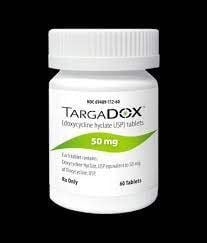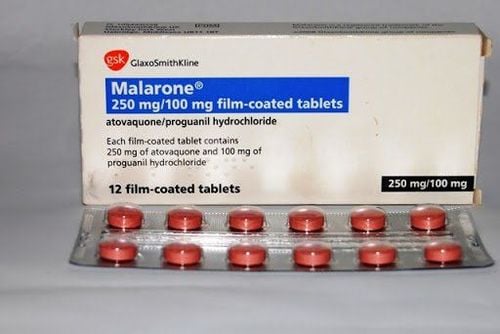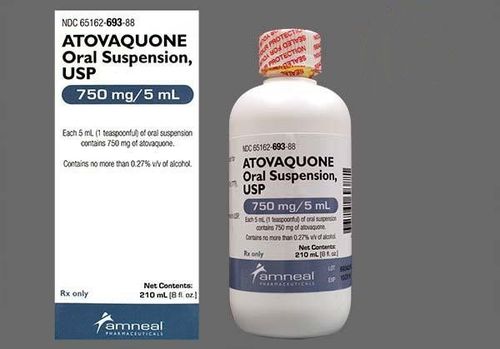This is an automatically translated article.
Acacia is a plant native to several countries around the world, especially in Africa. The resin of the acacia tree is effective in the treatment of a number of medical conditions and is used in medicine. Here is some information about the uses of Acacia.
1. What is Acacia?
Acacia drug (Acacia Drug) is the resin of the acacia tree whose scientific name is Acacia senegal (L.) Willd. The gum of the acacia tree is extracted to create a number of products that have beneficial effects on the body. People have long used Acacia as a medicine used in traditional medicine, with many uses such as pain relief by applying glue containing Acacia gum. Arabic is a type of gum used in the treatment of some medical conditions, the ingredient to create this gum is extracted from the acacia tree.
Some characteristics of acacia tree:
Acacia with scientific name is Acacia is a thorny tree with rough bark, about 4.5 m high. It is most abundant in parts of Africa, especially in the Republic of Sudan. The distinguishing feature of the species is the appearance of triple spikes at the base of the branches. During times of drought, the bark cracks and secretes sap. Accordingly, the sap dries up into tear-like droplets, which are the main source of the acacia resin's harvest. Acacia gum preparations are made by periodically tapping the tree and collecting the resin. Note that trees of the genera Albizia and Combretum are often confused with acacia, but gum from these species should not be used as a substitute for acacia.
The main ingredient used as a medicine is the resin taken out of the acacia tree, the resin known as gum. It is a brittle, odorless and generally tasteless material that may contain some neutral sugars, acids, calcium and other electrolytes.
Some pharmacological effects of Acacia's gum is used in medicine:
Antibacterial: Studying on mice infected with malaria, this gum reduced the amount of parasites in the blood and increased viability. omission, but the mechanism is not really clear. Dermatology: Acacia gum is used in topical preparations to promote wound healing. Diabetes: Animal data: Acacia gum added to porridge can reduce postprandial hyperglycemia in rats; Human clinical data on diabetes: Increased satiety and reduced caloric intake were observed in a clinical study evaluating different doses of gum. Gastrointestinal effects: The probiotic (probiotic) effect of gum has been reported in several human studies. Periodontal disease: At a concentration of 0.5%, the whole acacia mixture inhibited bacterial protease enzymes suggesting that acacia might be useful in limiting the development of periodontal disease. In addition, chewing gum made from gum for 7 days reduced plaque compared to using sugar-free gum. Additionally, in a small clinical study, it was possible to increase the pH in the mouth after rinsing with simulated gastric acid, protecting against enamel erosion.
2. Uses of Acacia
Thanks to the tested pharmacological effects of Acacia, the drug is used in the following cases:
Acacia gum is used in pharmaceuticals as a deodorant. It can be used topically for wound healing and inhibits periodontal bacterial growth and early deposition of plaque on teeth. Beneficial effects: Can be used in some cases of digestive disorders thanks to the effect of creating some beneficial bacteria. In addition, Acacia has been reported to be associated with increased satiety and decreased body weight in a limited number of clinical trials, so it could be used for weight loss in some overweight or obese individuals.
3. Notes when using Acacia
Some things to keep in mind when using Acacia:
Pregnancy and breast-feeding: There is currently a lack of information on safety and effectiveness during pregnancy and lactation. Therefore, it is best not to use this object, unless specified. The use of Acacia is generally very safe and non-toxic. However, some things may happen to the small number of people using this product including an unpleasant sensation in the mouth, early morning nausea, mild diarrhea, and bloating. Rarer cases in some studies have been reported where taking this substance causes liver and kidney damage. Several animal studies have shown lipid-lowering and hypoglycemic effects. However, this has not been proven in humans and there are some studies that have found it does not change the number of these substances in the blood. Therefore, this substance should not be used to treat or replace existing medications. Above is some information about the uses of Acacia. The application of gum from the Acacia tree has been carried out by industrialisation, resulting in a number of products with beneficial effects on health. Follow Vinmec International General Hospital website to get more health, nutrition and beauty information to protect the health of yourself and your loved ones in your family.
Please dial HOTLINE for more information or register for an appointment HERE. Download MyVinmec app to make appointments faster and to manage your bookings easily.
Reference source: drugs.com












